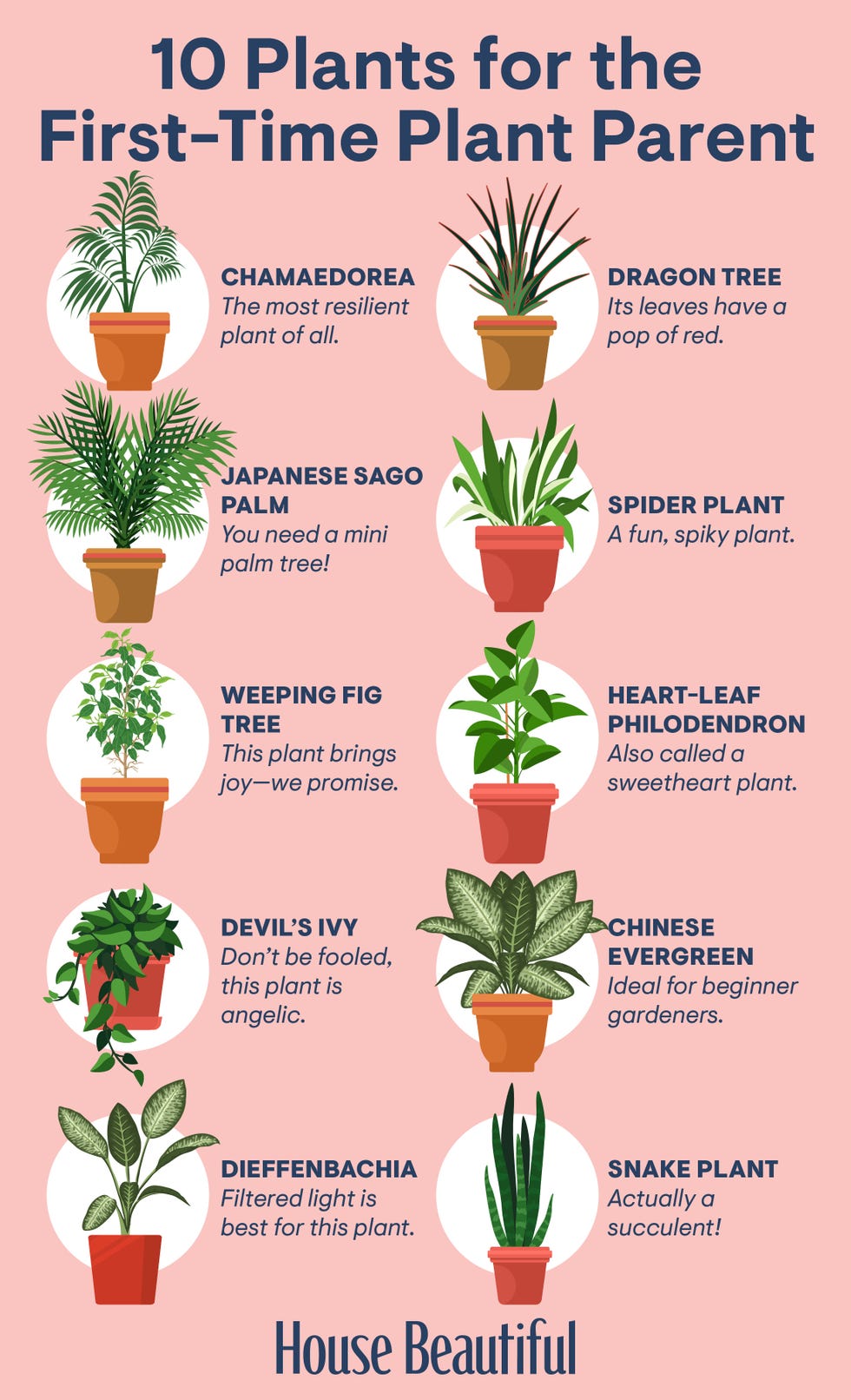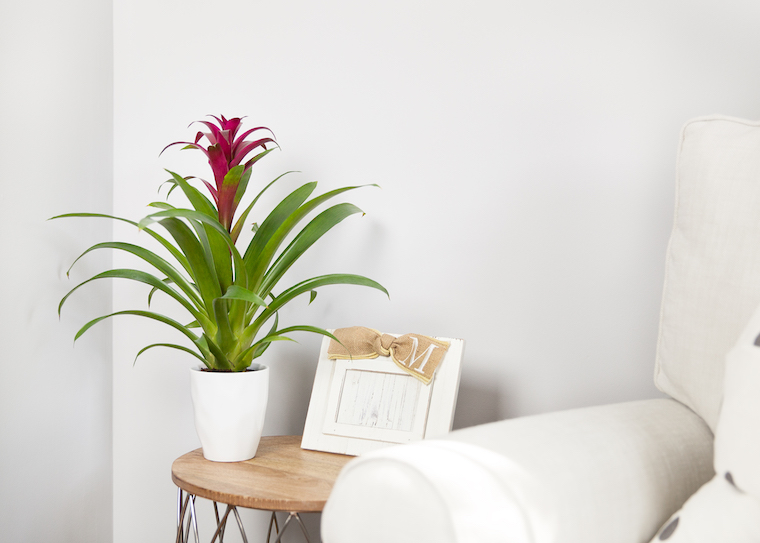Top Picks for the Best Low-Light Indoor Plants to Brighten Your Room
Transform Your Home With Beautiful Low-Light Indoor Plants and Their Benefits
Integrating low-light indoor plants into your home can considerably improve both the visual and ecological top quality of your living spaces. These plants, which thrive in dim conditions, serve not only as decorative elements yet also as natural air cleansers, making them suitable for metropolitan residents or those with limited sunlight exposure. As we explore the different kinds of low-light plants and their benefits, you may locate surprising means to incorporate them into your home that can change your environments in methods you might not have actually prepared for.
Benefits of Low-Light Plants
Low-light plants supply many advantages for indoor settings, making them a superb selection for both newbie and knowledgeable gardeners. One of the primary benefits is their flexibility to low-light problems, permitting people to enhance their space without the requirement for considerable sunlight exposure. This characteristic makes them suitable for homes, workplaces, and various other areas with limited all-natural light.

In addition, including low-light plants right into home décor can raise the aesthetic charm of an area. Their rich vegetation and differed structures produce a soothing environment, adding to general wellness. The presence of greenery has been linked to lowered anxiety levels and improved performance, making low-light plants a functional choice for boosting both physical and psychological health in indoor settings.
Leading Low-Light Indoor Plants
While several interior plants thrive in bright light, numerous varieties are specifically well-suited for low-light problems, making them optimal for various interior spaces. One prominent selection is the Snake Plant (Sansevieria), known for its striking upright leaves and resilience, calling for marginal care. An additional excellent alternative is the Pothos (Epipremnum aureum), which includes heart-shaped fallen leaves and can track magnificently from hangers or shelves, growing in low light and adding a rich touch.
The ZZ Plant (Zamioculcas zamiifolia) is commemorated for its glossy fallen leaves and ability to hold up against overlook, making it best for busy way of livings. Likewise, the Tranquility Lily (Spathiphyllum) not only tolerates reduced light yet likewise generates stunning white blossoms, enhancing any room's visual.
For an one-of-a-kind touch, consider the Cast Iron Plant (Aspidistra elatior), which indeed lives up to its name, flourishing in the darkest corners of your home. Lastly, the Chinese Evergreen (Aglaonema) offers a selection of fallen leave patterns and shades while being remarkably forgiving in low-light conditions. These plants not just enhance indoor environments but also contribute to air filtration, boosting your home.
Care Tips for Low-Light Plants

Sprinkling techniques are vital; these plants frequently choose a little dry conditions. Overwatering can lead to root rot, so guarantee that the leading inch of dirt is dry prior to watering once more. Use pots with drain openings to enable excess moisture to get away.
Humidity is one more essential element. Many low-light plants, such as brushes and tranquility lilies, take advantage of higher moisture levels. To raise moisture, take into consideration misting the fallen leaves or placing a tray of water near the plants.
Fertilization must be approached with care. During the growing season, use a diluted, balanced fluid plant food every month to sustain development, yet stay clear of fertilizing during the inactive wintertime months.

Innovative Ways to Display Plants
Indoor plants can work as fascinating focal factors in any area, enhancing both visual charm and atmosphere. Innovative display screens can boost the aesthetic influence of low-light plants, making them an integral part of your home design. One efficient technique is to make use of tiered plant stands, which allow you to showcase numerous plants at differing elevations while making best use of flooring area.
Hanging planters are one more cutting-edge option, creating a sense of deepness and drawing the eye up. Consider macramé wall mounts or wall-mounted shelves to introduce a distinct appearance and design.
For an extra structured technique, usage geometric terrariums or glass containers to house your plants, including a contemporary touch to your interior garden. You can additionally repurpose classic products, such as teacups or wooden pet crates, for an eclectic display that reflects your individuality.
Enhancing Home Ambiance With Plants
Integrating low-light plants into your home not just boosts aesthetic allure yet also adds considerably to the general atmosphere. These plants act as all-natural design aspects, introducing a feeling of tranquility that can change any type of area. The visibility of greenery fosters a calming ambience, which is particularly advantageous in high-stress environments such as home offices or living rooms.
Low-light plants, such as serpent plants, pothos, and ZZ plants, are not just aesthetically pleasing however additionally improve indoor air quality by filtering toxins. This double feature boosts the setting further, producing a top article much healthier space (Best low-light indoor plants). The critical placement of these plants can additionally influence the assumption of space; for instance, tall plants can draw the eye upwards, making ceilings appear greater and spaces a lot more large
Additionally, varying appearances and shades of vegetation add deepness to indoor style, enabling imaginative expression in home styling. Whether positioned on racks, in corners, or as centerpieces, low-light plants can boost the state of mind of any area. In summary, integrating these plants right into your home is an efficient method to cultivate a warm, welcoming atmosphere while gaining the advantages of boosted air quality and aesthetic adaptability.
Verdict
Incorporating low-light interior plants into home settings supplies numerous benefits, including boosted aesthetic check these guys out charm and boosted air top quality. These resilient plants, such as the Snake Plant and Tranquility Lily, need very little light and upkeep, making them appropriate for diverse way of livings.
While lots of interior plants grow in intense light, a number of types are especially well-suited for low-light conditions, making them perfect for numerous indoor rooms. One efficient approach is to use tiered plant stands, which allow you to display multiple plants at differing elevations while optimizing floor room.
Low-light plants, such as serpent plants, pothos, and ZZ plants, are not only cosmetically pleasing however likewise boost indoor air top quality by filtering system pollutants. Best low-light indoor plants. The calculated placement of these plants can also influence the assumption of area; for circumstances, high plants can attract the eye upward, making ceilings show up higher and areas extra sizable
These resilient plants, such as the Snake Plant and Peace Lily, require very little light and upkeep, making them ideal for diverse lifestyles.